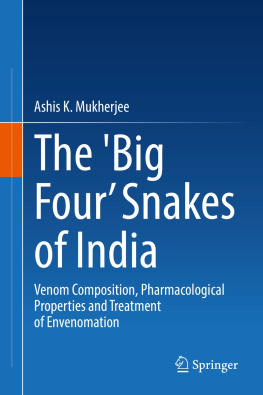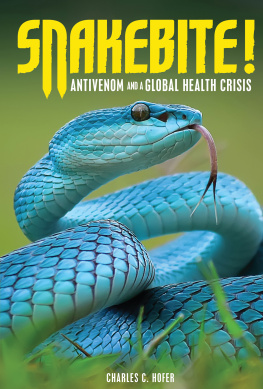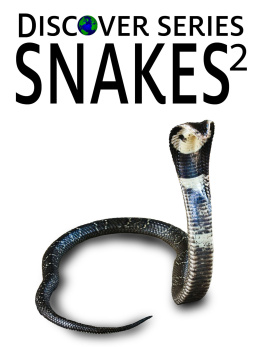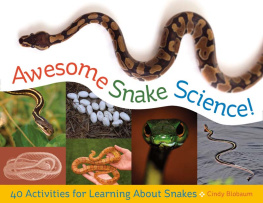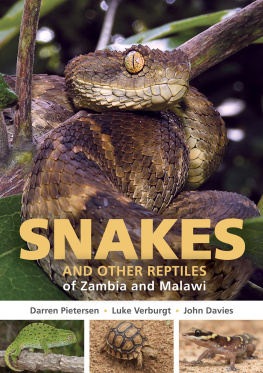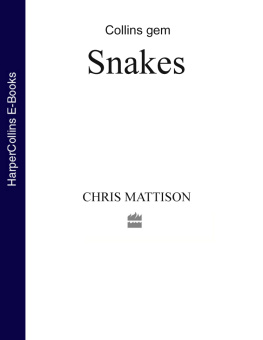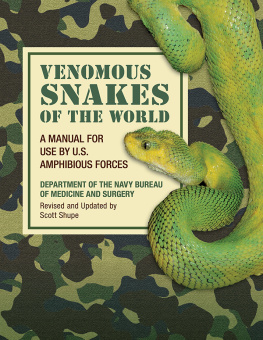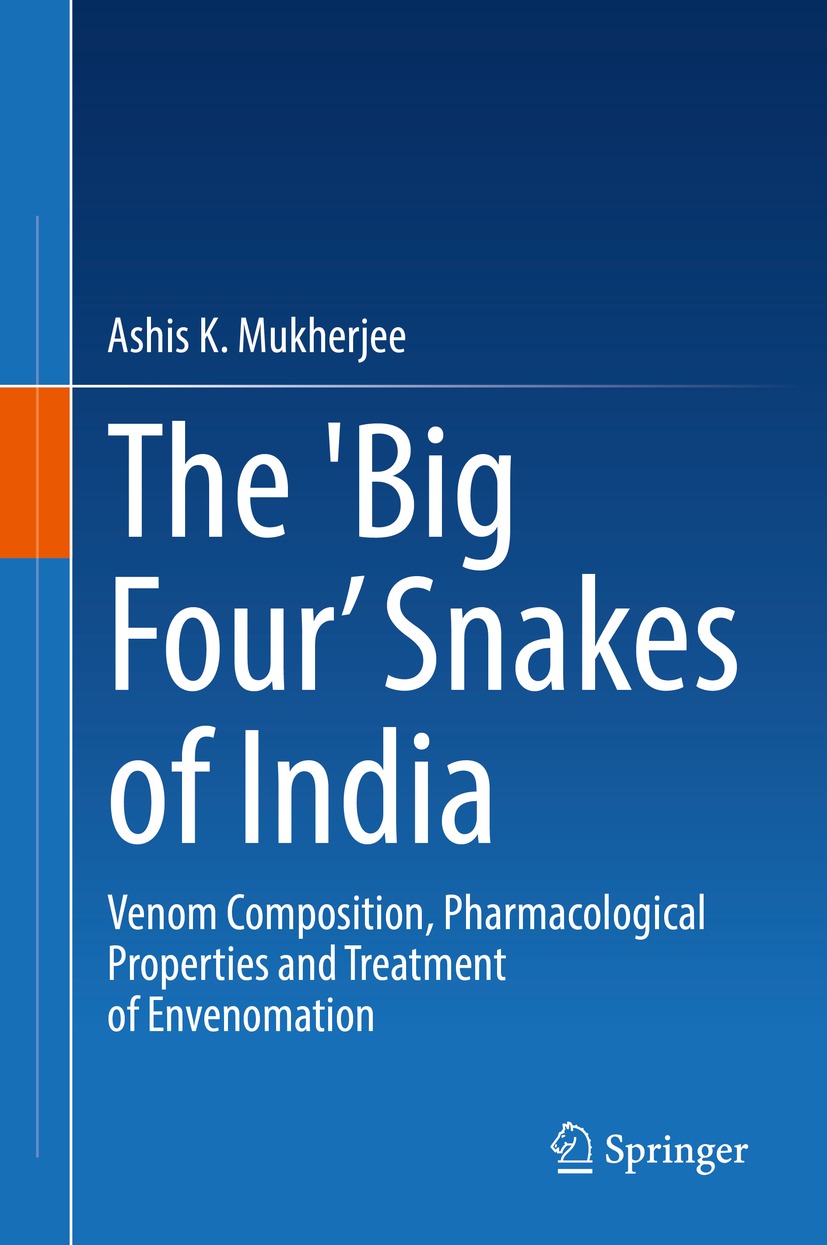Ashis K. Mukherjee
Life Sciences, Institute of Advanced Study in Science and Technology, Guwahati, Assam, India
ISBN 978-981-16-2895-5 e-ISBN 978-981-16-2896-2
https://doi.org/10.1007/978-981-16-2896-2
The Editor(s) (if applicable) and The Author(s), under exclusive license to Springer Nature Singapore Pte Ltd. 2021
This work is subject to copyright. All rights are solely and exclusively licensed by the Publisher, whether the whole or part of the material is concerned, specifically the rights of translation, reprinting, reuse of illustrations, recitation, broadcasting, reproduction on microfilms or in any other physical way, and transmission or information storage and retrieval, electronic adaptation, computer software, or by similar or dissimilar methodology now known or hereafter developed.
The use of general descriptive names, registered names, trademarks, service marks, etc. in this publication does not imply, even in the absence of a specific statement, that such names are exempt from the relevant protective laws and regulations and therefore free for general use.
The publisher, the authors and the editors are safe to assume that the advice and information in this book are believed to be true and accurate at the date of publication. Neither the publisher nor the authors or the editors give a warranty, expressed or implied, with respect to the material contained herein or for any errors or omissions that may have been made. The publisher remains neutral with regard to jurisdictional claims in published maps and institutional affiliations.
This Springer imprint is published by the registered company Springer Nature Singapore Pte Ltd.
The registered company address is: 152 Beach Road, #21-01/04 Gateway East, Singapore 189721, Singapore
Preface
Snakes, forming an important component of biota, are intrinsically fascinating and enchanting reptiles. The word snake probably evokes a wider range of feeling than any other living creature, both in the sense of admiration and respect and being despised as a symbol of evil. Snakebite itself is an intimidating disaster. A minute amount of toxic material of venomous snakes produced in their specialized salivary glands, known as venom, when injected into the prey or victims, causes intense pain and may lead to death within a very short span of time. This leads to distress, agony, and pathos in the mind of common people, as a result of which snakes and their venoms become shrouded with myths, mysteries, and superstitions. Besides, snakebite is a serious problem for the rural tropics, most particularly in the Southeast Asian countries. In India alone, more than 100,000 cases of envenomation occur per year (unreported cases may be more than this), which ultimately results in substantial deaths and/or morbidity. Unfortunately, less attention has been paid to provide affordable and effective treatment against snakebite. Due to lack of our knowledge on geographical and species-specific variation in snake venoms composition and mode of action, lack of good understanding of clinical features of envenoming, and poor efficacy of commercial antivenom produced by Indian manufacturers, snakebite management remains highly unsatisfactory in the Indian subcontinent. Therefore, the World Health Organization (WHO) has declared snakebite as one of the neglected tropical diseases.
From the last few decades, people have been gradually realizing that the facts about snakes are much more interesting than many popular beliefs, embellishment, and misconceptions. Apart from understanding the molecular mechanism of action of snake venom components and improvement of treatment of snakebite patients, it is equally essential for us to appreciate the scientific contributions of snakes in our ecosystem as well as therapeutic and diagnostic applications of snake venom proteins. Therefore, during the recent years, the subject of snake venom has been of scientific research interest from the perspective of biochemistry, toxinology, pathophysiology, pharmacology, immunology, and biomedical research.
Such a high rate of mortality of snakebite in India as well as the remarkable medical and diagnostic applications of snake venom toxins have prompted me to pursue research activity in this exigent field. The Big Four venomous snakesIndian cobra, Indian common krait, Indian Russells viper, and Indian saw-scaled viperhave received enormous medical importance in the Indian subcontinent because they are responsible for the majority of snakebite deaths in these regions. This book presents a comprehensive study of venoms of the Big Four venomous snakes of India, evolution and variation in venom composition, biochemical and pharmacological properties of venom, biomedical application of snake venoms, and treatment of snakebite patients. I am sure that the book will serve as a standard reference for researchers and medical students as well as for those interested in snake venom. This book will cater to the quest of the readers, and they will be eager to learn more about the Big Four venomous snakes and biomedical application in snakebite patients.
It is a great pleasure for me to convey my words of appreciations to pioneers in the field of snake venom research for their useful suggestions, constructive criticism, and kind cooperation in editing the book chapters. I thank my wife Abira and son Anandan for their patience and encouragement and for understanding my idiosyncrasies, and my father Prof. Subhas C. Mukherjee and mother Mrs. (Dr.) Sandhya Mukherjee for their constant inspiration. I duly acknowledge the editing of book chapters by my brother Dr. Soumen Mukherjee, India, and Dr. Glen Wheeler, Canada.
Ashis K. Mukherjee
Guwahati, India
About the Author
Ashis K. Mukherjee
is the Director of the Institute of Advanced Study in Science and Technology, Guwahati, Assam, India, and also a Professor of Molecular Biology and Biotechnology at Tezpur University, Assam, India. He did M.Sc. (Biochemistry) from Banaras Hindu University, Ph.D. in Biochemistry and Pharmacology of Indian Cobra and Russells Viper Venom from Burdwan Medical College under Burdwan University, and D.Sc. (Biotechnology) from Calcutta University on characterization and biotechnological application of phospholipase A2 and proteases from Indian cobra and Russells viper venom. Prof. Mukherjee has more than 25 years of research experience on Indian snake venoms and treatment of venomous snakebites. His current research interest includes biochemical, pharmacological, and proteomic analyses of Indian snake venoms; quality assessment of commercial antivenom; and novel diagnostics and drug discovery from natural resources including snake venom. He has published numerous research papers in peer-reviewed national and international journals and book chapters, guided Ph.D. students, and received several awards and medals for his academic competence and research achievements, the most notable being Visitors Award for Research in Basic and Applied Sciences from the Honorable President of India in 2018. Prof. Mukherjee is also the task force member of the Department of Biotechnology, Ministry of Science and Technology, Government of India; Indian Council of Medical Research, Government of India; and the World Health Organization (WHO) on prevention and control of snakebite envenoming.

